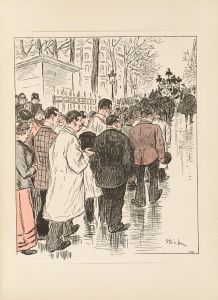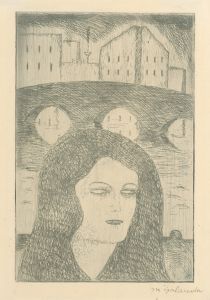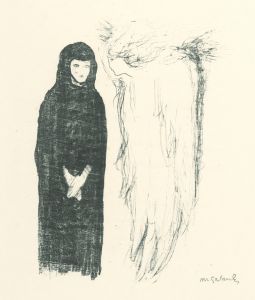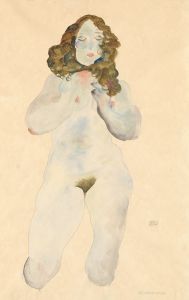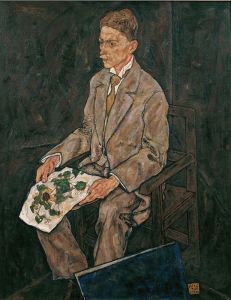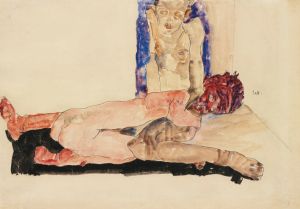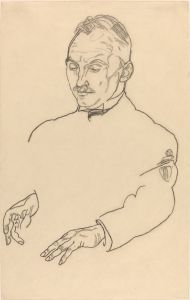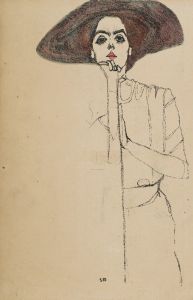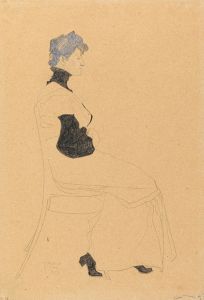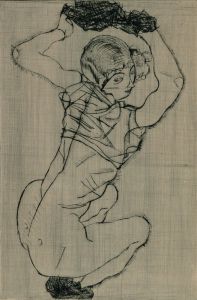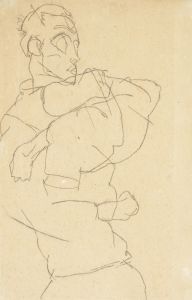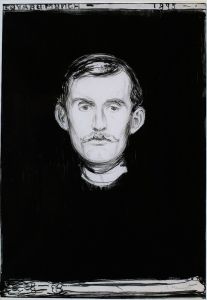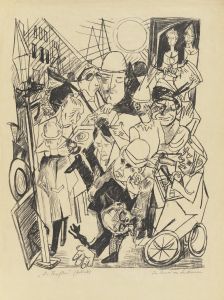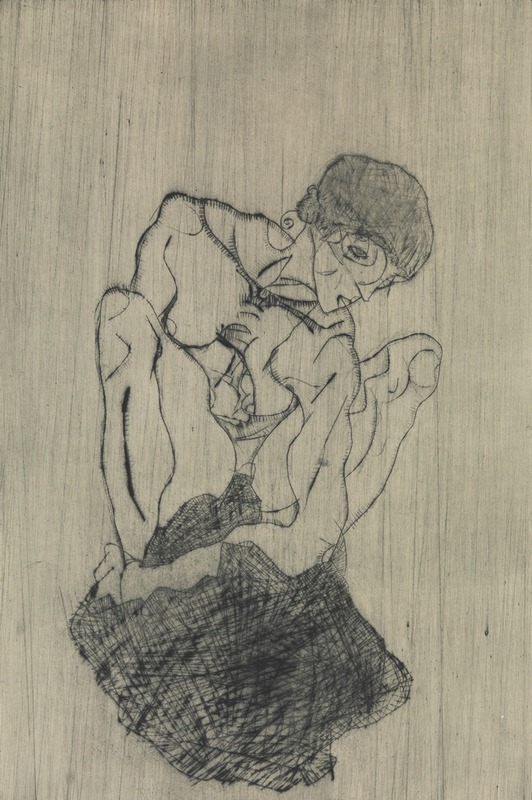
Sorrow
A hand-painted replica of Egon Schiele’s masterpiece Sorrow, meticulously crafted by professional artists to capture the true essence of the original. Each piece is created with museum-quality canvas and rare mineral pigments, carefully painted by experienced artists with delicate brushstrokes and rich, layered colors to perfectly recreate the texture of the original artwork. Unlike machine-printed reproductions, this hand-painted version brings the painting to life, infused with the artist’s emotions and skill in every stroke. Whether for personal collection or home decoration, it instantly elevates the artistic atmosphere of any space.
Egon Schiele, an Austrian painter known for his intense and raw portrayal of human figures, created the artwork "Sorrow" during his prolific career in the early 20th century. Schiele, a protégé of Gustav Klimt, was a significant figure in the Expressionist movement, which sought to convey emotional experience rather than physical reality. His works often explore themes of sexuality, death, and existential angst, characterized by their bold lines and striking compositions.
"Sorrow" exemplifies Schiele's distinctive style, marked by its emotive intensity and psychological depth. The painting captures a moment of profound emotion, reflecting the artist's interest in the human condition and his ability to convey complex feelings through his art. Schiele's use of color and form in "Sorrow" is typical of his approach, where the human figure is often depicted in a contorted or exaggerated manner, emphasizing the emotional state of the subject.
The artwork is a testament to Schiele's skill in using minimalistic backgrounds to focus attention on the subject, thereby enhancing the emotional impact. The starkness of the composition allows viewers to engage directly with the depicted emotion, a hallmark of Schiele's work. His technique often involved the use of sharp, angular lines and a limited color palette, which can be seen in "Sorrow," creating a sense of tension and unease.
Egon Schiele's career was tragically short, as he died at the age of 28 in 1918, a victim of the Spanish flu pandemic. Despite his brief life, Schiele left behind a substantial body of work that continues to influence artists and captivate audiences. His exploration of themes such as isolation, despair, and the complexity of human emotions resonates in "Sorrow," making it a significant piece within his oeuvre.
Schiele's work, including "Sorrow," was often controversial during his lifetime due to its explicit content and unflinching portrayal of the human form. However, his ability to capture the essence of human emotion has earned him a lasting legacy in the art world. Today, Schiele is celebrated for his contributions to modern art, and his works are held in high esteem by collectors and institutions worldwide.
"Sorrow" is part of the collection of artworks that showcase Schiele's unique vision and his capacity to evoke deep emotional responses. His paintings and drawings are housed in various museums and galleries, where they continue to be studied and appreciated for their artistic and historical significance.
In summary, "Sorrow" by Egon Schiele is a powerful example of Expressionist art, reflecting the artist's mastery in portraying human emotions. Through his distinctive style and thematic focus, Schiele has left an indelible mark on the art world, with "Sorrow" standing as a poignant reminder of his artistic genius and the enduring impact of his work.





